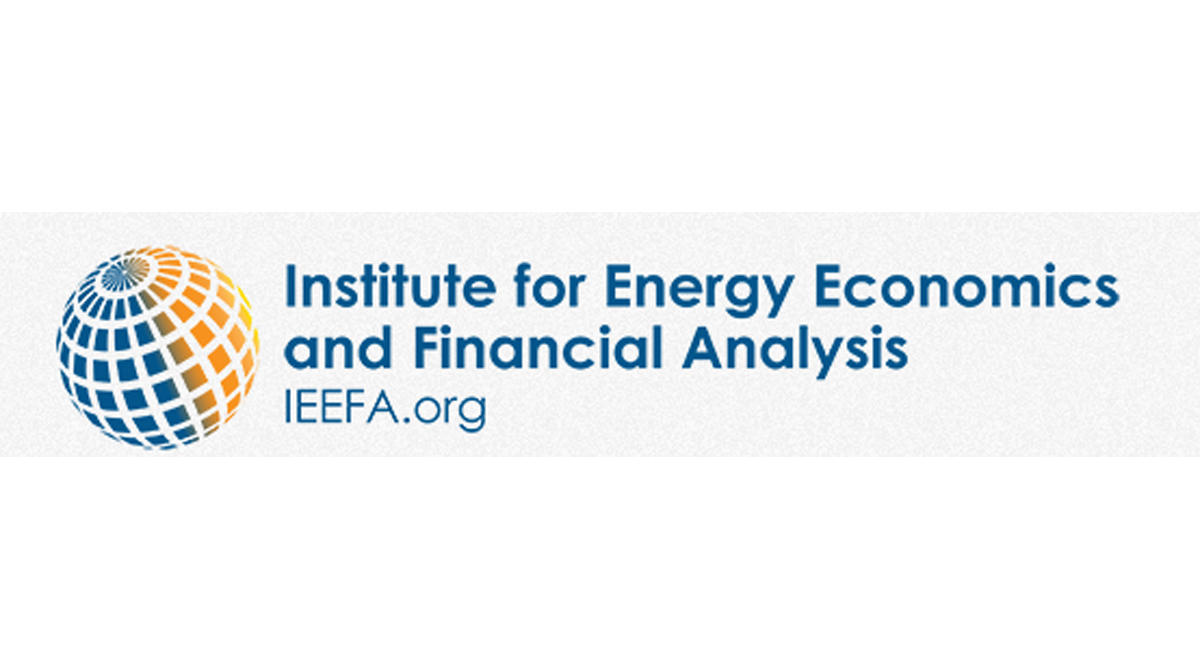With $100 billion of existing and proposed thermal power plants in financial distress and low cost but variable renewable energy capacity best able to meet targets, India has an opportune moment to transform its electricity sector by introducing day-ahead market pricing, the Institute for Energy Economics and Financial Analysis (IEEFA) said on Tuesday.
A new IEEFA briefing note, “Flexing India’s energy system: Making the case for the right price signals through day-ahead market pricing”, finds the current pricing system in India is a largely flat tariff providing little incentive for network or consumer efficiency through load smoothing.
Advertisement
Tim Buckley, co-author of the briefing note and IEEFA’s Director of Energy Finance Studies in Australasia, told IANS that the pricing system also does not incentivise the ramping up of flexible, peaking power generation capacity to meet peaks in demand.
“India’s electricity generation and demand profiles have become ‘peakier’, meaning there is clearly more demand at certain times of the day such as evening or during hot weather periods,” Buckley said in a statement.
“As India’s economy grows, this peakier demand will become even more apparent, putting stress on consumers, businesses and electricity generation systems currently struggling to meet those peaks.”
The co-authors of the note found India’s increasingly obsolete sub-critical coal-fired power fleet is not flexible enough to viably meet growing demand peaks with a shift in generation pricing.
“Coal-fired power stations cannot be ramped up and down quick enough to respond to peaks,” co-author Vibhuti Garg, IEEFA energy economist, said.
“Pricing tariffs are also not available to incentivise network efficiency and flexible peaking power generation.”
The total renewable energy installations in India reached 75 gigawatts (GW) by September 2018, representing 21 per cent of total installed capacity and generating a record high of 11.9 per cent of all electricity in the September 2018 quarter.
“India is going through a renewable energy transformation, but the pricing signals have yet to catch up,” said another co-author Anil Gupta, Director with Enerfra Services Pvt Ltd.
“India needs electricity production tariffs that encourage flexible electricity generation to meet the peaks in demand. This would help ensure grid stability as the share of renewable energy continues to increase.”
As India’s reliance on renewable energy increases, IEEFA notes there will be increased need for firming capacity to back up renewables at times of high demand.
Technologies that can provide this include pumped hydro storage, gas peaking plants, faster ramping, more flexible but lower utilisation coal fired power plant and battery storage.
Enhanced national and international grid interconnectivity will also play a role.
India is already planning a doubling of pumped hydro storage capacity and considering near term measures to promote gas peaking power generation, leveraging India’s existing base of 25GW of largely stranded gas-fired power generation.
Battery technology will get ever-cheaper as global production capacity continues to increase.
“Right now, however, a stronger price signal to incentivise fast ramping peaking power generators will help drive the roll-out of flexible power technologies that can meet India’s future peak demand,” Buckley said.
“India must introduce day-ahead market pricing tariffs to help manage peak demand while providing a better deal for consumers.”











